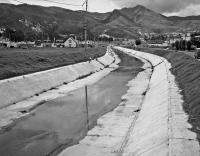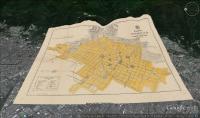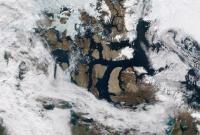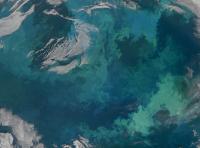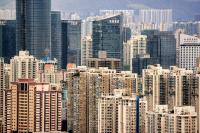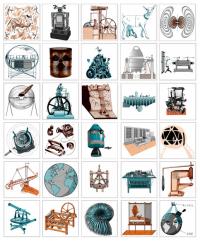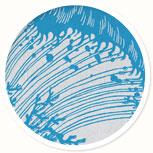Show search results for
- (-) Remove Virtual Exhibitions filter Virtual Exhibitions
Introduction | The Northwest Passage
A mere dream for centuries, the Northwest Passage has now become a place and a topic where scientific and traditional knowledge intersect. This is the introductory chapter of “The Northwest Passage: Myth, Environment, and Resources”—a virtual exhibition written by historian Elena Baldassarri.
The Northwest Passage as a Matter of National Security | The Northwest Passage
Once an environment in which the notion of nations was unheard of, the Arctic region is now a disputed space among superpowers. This is a chapter of the virtual exhibition “The Northwest Passage: Myth, Environment, and Resources”—written and curated by historian Elena Baldassarri.
Natural Resources | The Northwest Passage
Apart from a diverse and previously unknown fauna, explorations and receding ice caps have uncovered a sought-after abundance of natural resources in the Arctic region. Historian Elena Baldassarri argues that the exploitation of these resources not only constitutes a threat to the non-human world, but also to the Inuit people. This is a chapter of the virtual exhibition “The Northwest Passage: Myth, Environment, and Resources.”
Urbanization | Welcome to the Anthropocene
This is a chapter of the virtual exhibition “Welcome to the Anthropocene: The Earth in Our Hands”—written and curated by historian Nina Möllers.
Milestones of the Anthropocene | Welcome to the Anthropocene
This is a chapter of the virtual exhibition “Welcome to the Anthropocene: The Earth in Our Hands”—written and curated by historian Nina Möllers.
The Rivers and the Cities: A Brief Introduction | Neva and Danube Rivers
Analyzing the history of fish populations in the Neva and Viennese Danube, the Russian-Austrian research group discovered numerous links between the great cities and their great rivers, including the fish populations. This introduction to the virtual exhibition “‘Commanding, Sovereign Stream’: The Neva and the Viennese Danube in the History of Imperial Metropolitan Centers” explains how the exhibition visualizes these links and reveal some hidden (or at least not immediately evident) sides of urban life.



